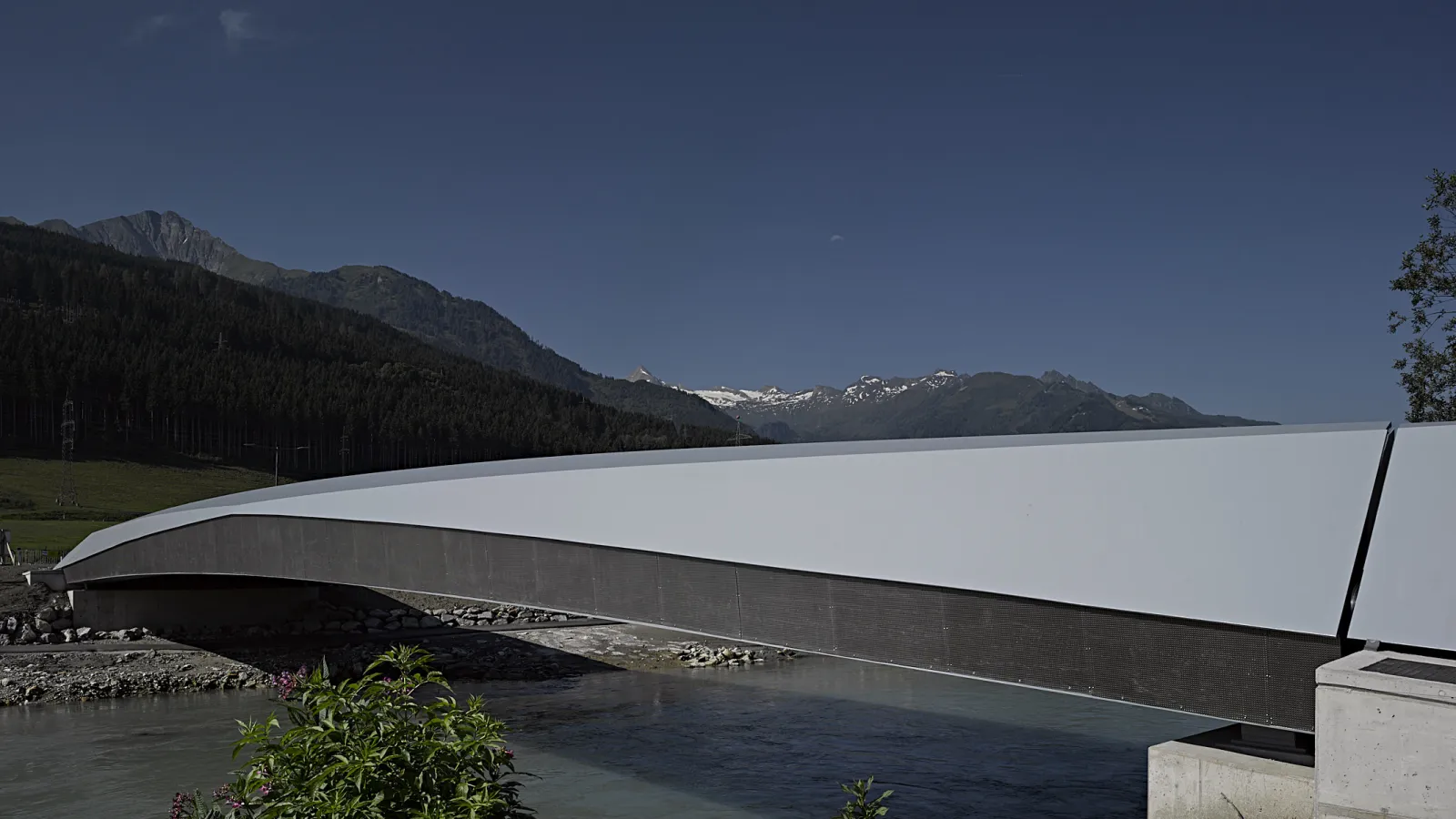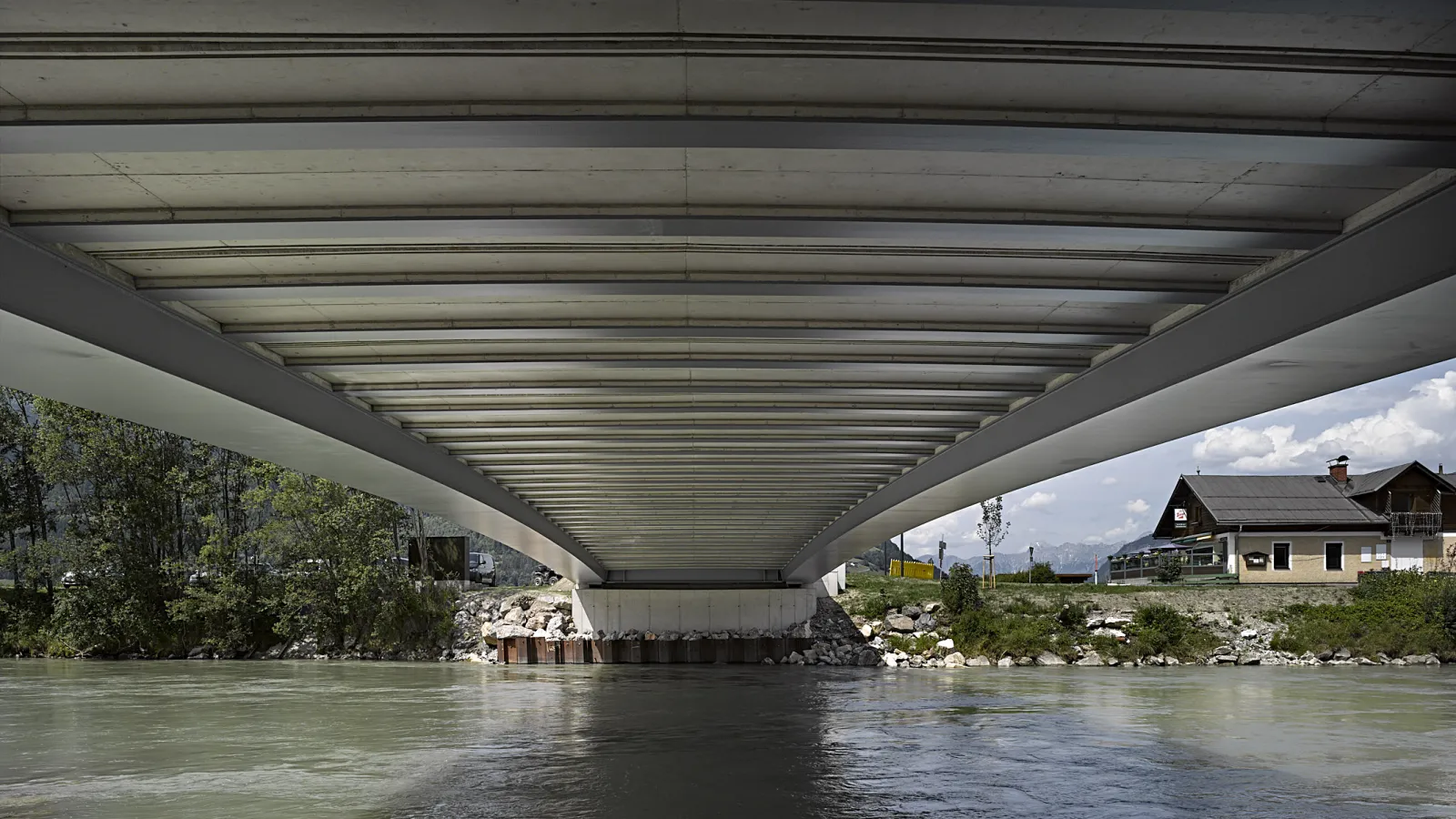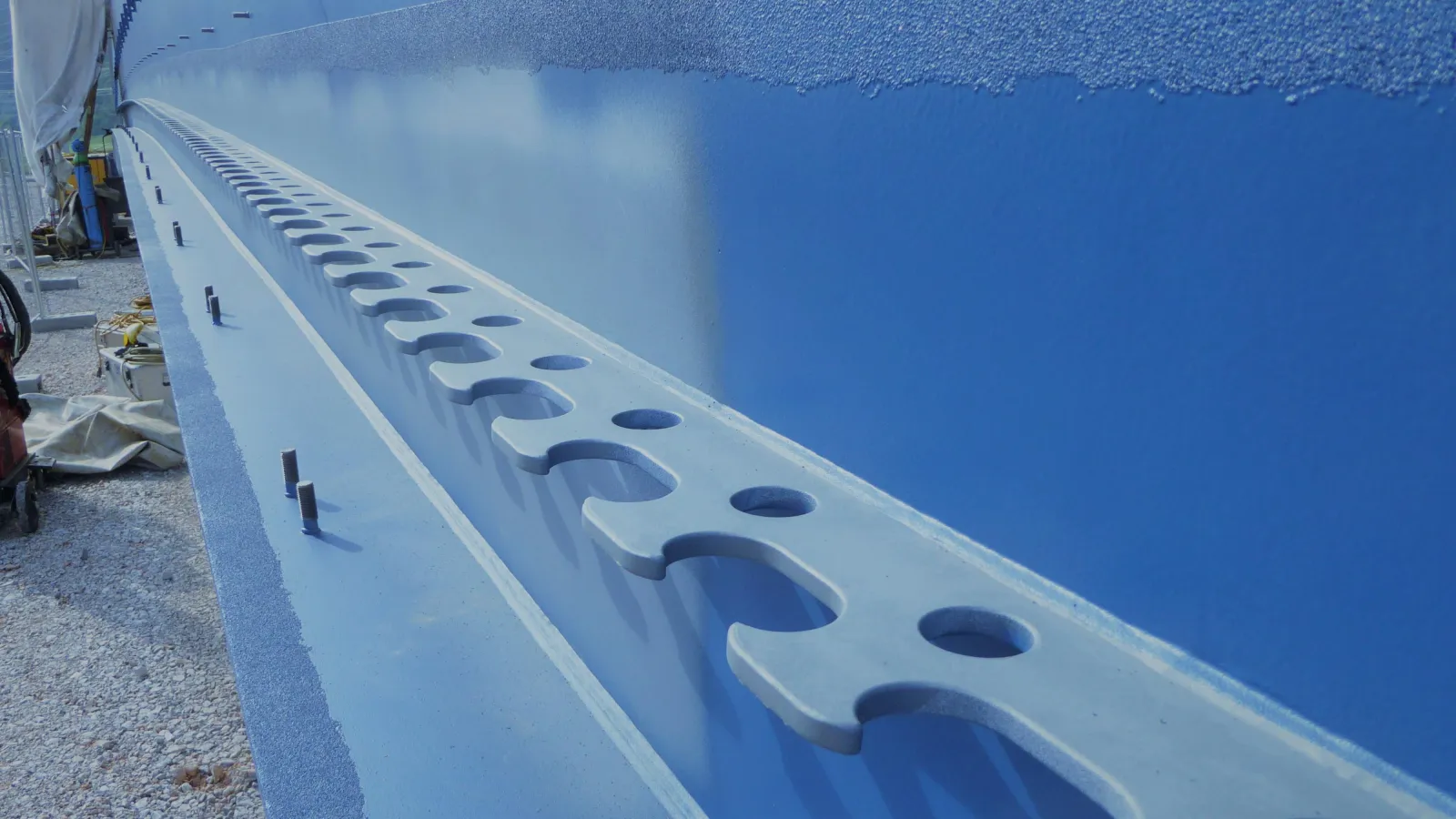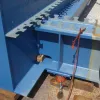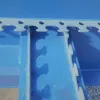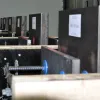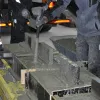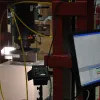Project "Geschlossene Verbunddübel und geschlossene Verbunddübelleisten (CCD)"
Performance overview of the research focus "GESCHLOSSENE VERBUNDDÜBEL (CCD)".
The research project investigates the advantages of closed compound dowels and closed compound dowel bars (CCD) and is intended to prepare further research projects in the subject area.
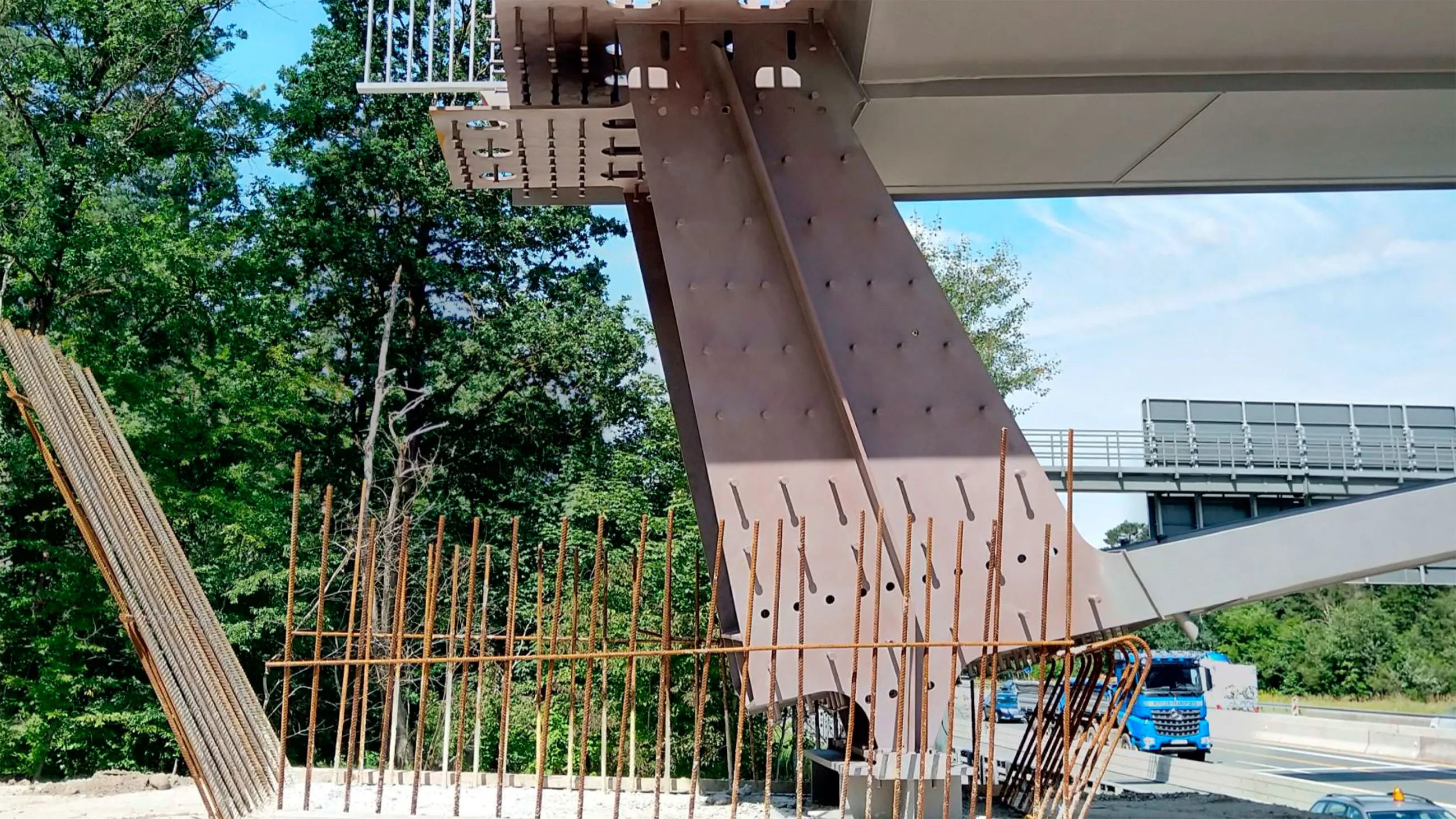
- SSF Engineers AG
"Closed Compound Dowels (CCD)"
In reinforced concrete composite construction, composite means are used to ensure the transmission of forces between steel and concrete components. For more than 50 years, the most common composite means for the transmission of shear forces in conventional steel composite construction has been the head bolt anchor, which is currently standardised in DIN EN 1994. In addition to head bolt dowels, so-called composite dowel bars can be used as an alternative. Their use was regulated in the past in general building authority approvals and currently in the general type approval Z-26.4-55 of the German Institute for Building Technology (DIBt).
Composite dowel bars have several advantages over head bolt dowels from a mechanical and construction point of view. The composite anchor technology is to be regulated for Europe-wide use in the new generation of standards DIN EN 1994. The normative introduction will pave the way for the increased use of open composite dowel bars for the transmission of longitudinal shear forces in the composite joint of steel composite cross-sections; however, the question arises:
Why should composite dowel technology not be applied in other areas of the structure, e.g. in nodes for the local transfer of shear forces?
An analysis of international scientific progress shows that an examination of this form of construction is mainly taking place in Asia (China, Japan, Korea) and Eastern Europe. The publications to date are still incomplete in some areas. In order to establish this technology in the German or European construction industry, both static and fatigue investigations must be advanced and put up for scientific discussion.
In the medium term, the Department of Steel and Steel Composite Construction at the Potsdam University of Applied Sciences would like to develop a design proposal for static and high-cycle loads on closed composite dowels and, on the basis of an extensive test programme, demonstrate the practical construction potential and the limits of this type of composite. Within the framework of the research focus "Geschlossene Verbunddübel (CCD)", initial experimental investigations were carried out in the Department of Steel and Steel Composite Construction. The investigations provide information on the influence of different design parameters (drill hole diameter, dowel diameter and chamber width) on the load-bearing behaviour. These findings form the basis for further theoretical investigations and the planning of additional test series to deepen the understanding of this type of connection.
The tactile tests could be carried out with the support of SSF Ingenieure AG, to whom we would like to express our sincere thanks at this point.
Contact
Project management
Project processing
Students
- Daniel Wildebrand
- Martin Geisler
- Linus Hinz
- Hajdin Mavriqi
- Manuel Libedinsky
